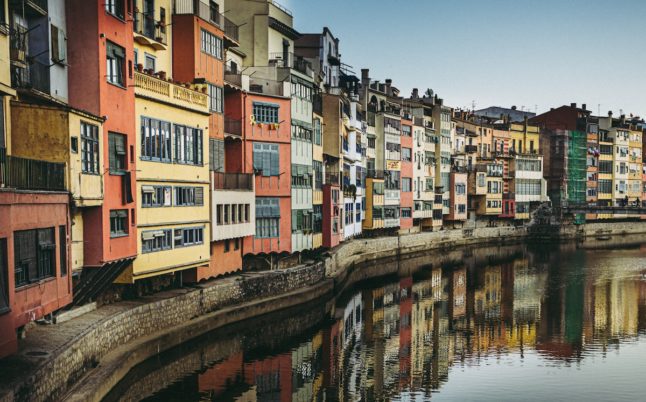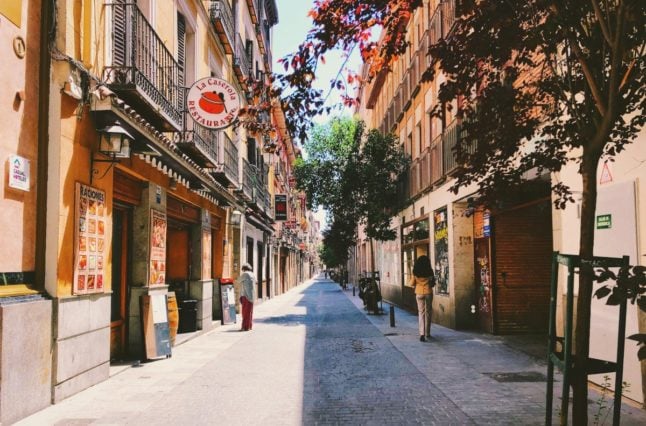According to the latest data from the Real Estate Registry Statistics yearbook of the College of Registrars, the average mortgage payments from new loans have risen by 5.8 percent in the last year, to stand at €646.7, the highest annual average since 2009, in which the average bill amounted to €671.
This figure means that Spaniards are now having to pay just over 30 percent of their average gross salary on mortgage bills, a threshold that is far exceeded in Madrid and the Balearic Islands.
Large differences have been seen in the amount of the increase between each region in Spain, although an upward trend has been noted in all of them. The largest annual increases in mortgage payments have been registered in the Balearic Islands (20.1 percent), La Rioja (14.6 percent), Madrid (8 percent) and Extremadura (7.4 percent).
Those in the Balearic Islands also pay the largest monthly payments for new mortgages, which reaches €1,097.9, €450 above the national average. This is followed by Madrid (€959.1), Catalonia (€727.8) and the Basque Country (€679.3), which are the only regions that exceed the national average.
READ ALSO: What happens if you can’t pay your mortgage in Spain?
On the other hand, at the opposite end of the scale, Murcia (€418.1), Castilla-La Mancha (€462.2) and Castilla y León (€476) are the areas where the monthly payments are the lowest.
According to the Association of Registrars, the increase in the cost of new mortgages is due both to the increase in the average amount of loans signed throughout 2022 and to the shortening of the average contract, which fell by 0.7 percent to 24.4 years, as well as the rise in the Euribor.
Last year the real estate market reached figures not seen in the last twelve years with a total of 463,463 mortgage loans given out, 11.6 percent more than the previous year. The average amount of these loans rose by 4.7 percent to €145,190, the highest amount recorded since mid-2008.
Not only has the price of housing risen – property became more expensive on average in 2022 by 6.7 percent to €1,944 per square metre – but interest rates have also grown intensely.
The Real Estate Registry Statistics show that the average contracting interest rate in 2022 stood at 2.28 percent – 2.40 percent for fixed mortgages and 2.03 percent for variable ones.
The average salary has also increased, but not to the same extent as mortgages, so the effort required to purchase a home has risen by three-tenths. The latest data shows that the average mortgage payment represents 30.95 percent of the average salary in Spain, although the differences are again significant between regions.
The Balearic Islands is the region where Spaniards have the greatest difficulty in accessing a mortgage as the monthly re-payments represent an average of 56.49 percent of the average gross salary. In Madrid, it’s 38.19 percent of the average salary, while in Catalonia it’s 32.22 percent.
At the bottom end are Murcia where 22.69 percent of salaries go on mortgages, Asturias with 23.71 percent and Extremadura with 23.87 percent.



 Please whitelist us to continue reading.
Please whitelist us to continue reading.
Member comments